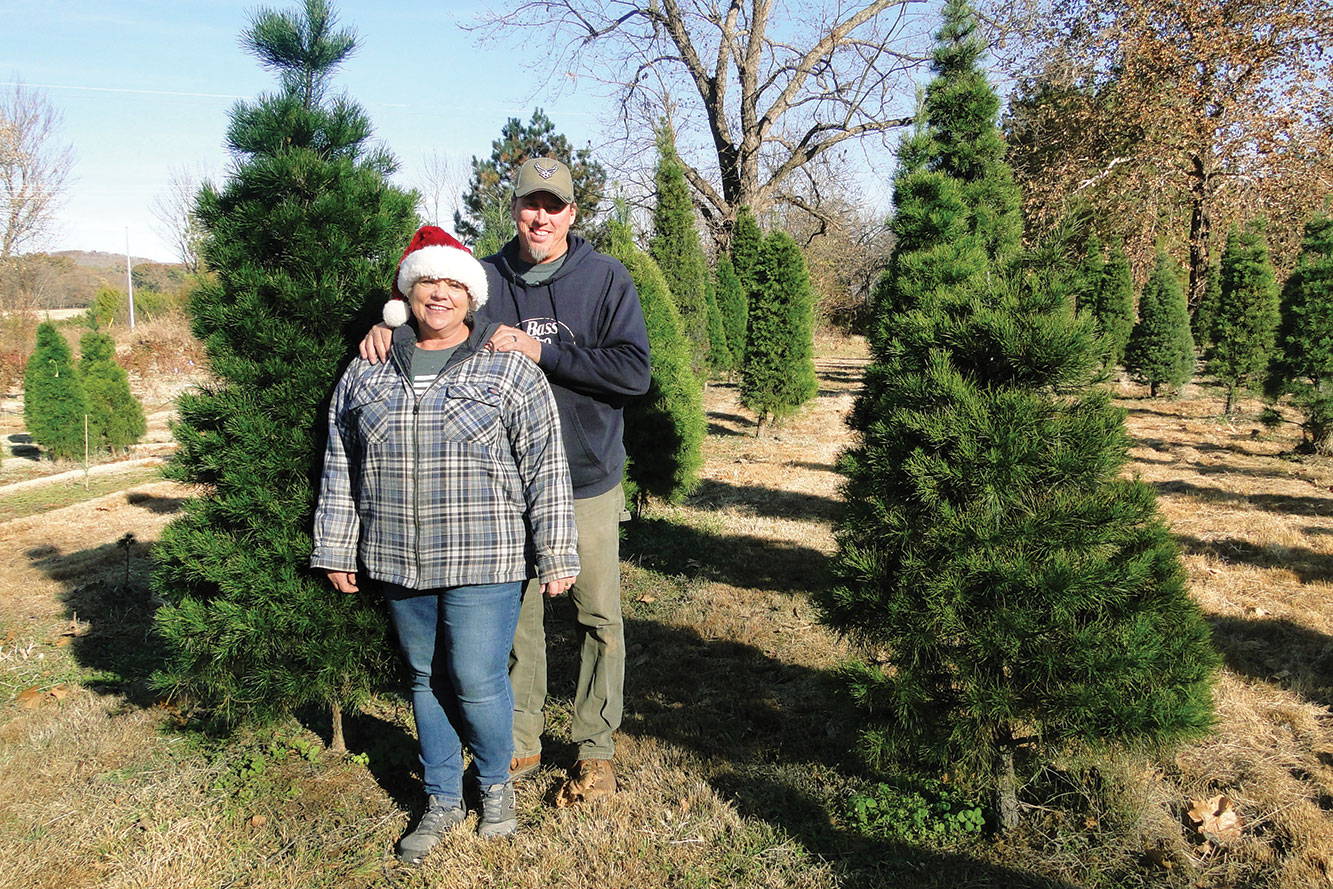 Jared and Anita Munyon are do-it-yourselfers when it comes to their farm. The couple, along with Jared’s parents, John and Linda, run Tri M Valley Farm – a dairy and beef operation near Canehill, Ark.
Jared and Anita Munyon are do-it-yourselfers when it comes to their farm. The couple, along with Jared’s parents, John and Linda, run Tri M Valley Farm – a dairy and beef operation near Canehill, Ark.
The Munyons are veteran dairy farmers with 64 years in the industry. Jared’s grandfather started the original dairy on 100 acres in 1945, and in 1973 John joined the farming operation. Jared and John formed a partnership in 1993. In 1994 Anita joined the operation when she and John got married. Today, John, Linda, Jared and Anita all play an important role in the smooth running of their operation.
While it takes all of them to get the job done, each family member has an area of specialty. John primarily manages the beef herd. Linda does the accounting and bookkeeping. Jared does most of the feeding, forage management and machinery maintenance. Anita takes care of the calves and manages the health of the dairy herd.
The farm started out small, but today has more than 200 dairy cows and about 300 head of beef cattle on about 700 owned acres and 300 rented acres.
The Dairy
The Munyon’s milk about 150 cows twice daily in their double ten parallel barn. Their cows usually milk for 10 to 12 months. Then the cows get a 60 days “vacation” or dry time before calving and starting the cycle over. Most of their cows calve in the fall from October to December with a few calving in the spring. Anita said they prefer for their cows to calve in the cooler months because the summer months are too hot which causes too much stress on the cows.
“In Arkansas most cows milk better when they calve in late fall because they peak when it is not hot outside. They maintain peak longer because by spring the grass is here and they maintain production until the end of May when the heat gets here. Then you just try to keep them as cool as possible,” Anita said.
The Munyons are involved with the Dairy Herd Improvement Association (DHIA), which allows them to monitor each cow’s production individually. On average, their cows produce about 55 pounds of milk daily during two milking sessions. There are 8.8 pounds in a gallon, but dairy farmers measure milk by the pound because they are paid by the hundred weight. They sell their milk to Dairy Farmers of America which then sells their milk to Hiland in Fayetteville.
The family primarily milks Holstein, Brown Swiss and crosses of the two.
“We really like the crossbred cows because they seem to have more longevity,” Anita said.
The Munyons raise all of their own replacement heifers, which can turn into a full-time job during prime calving season. They may have as many as 80 calves on the bottle or nurse bucket at one time. Anita said she usually bottle feeds calves until they are about two weeks old and then moves them into a group pen of six to ten head where they share a bucket of milk. Normally they wean their calves at about eight weeks old.
Thinking Thrifty
Like other areas of agriculture, the prices of feed and fuel have devastated the bottom line. In addition to the increased inputs, the price of milk has been unstable. However, people who have been in production agriculture as long as the Munyons know how to make it through the tough times.
The Munyons' cattle are grass fed as much as possible. In addition, they put up about 3,000 round bales. They also grow crops such as corn, soybeans, rye, wheat and milo to chop for silage.
“We try not to push a lot of feed on our cows. We feed a lot of forages – grass based. Our feed bills don’t run as high as most peoples’ probably, but still they are high enough,” Jared said.
They also cut input costs by feeding commodities like cottonseed hulls and soybean meal. They have a mixer wagon and mix their own rations.
“Usually our feed bills run between 23-28 percent of our income, but last year they ran about 32 percent,” Anita said.
“It will get better, it always does,” Jared said.
Environmentally Sound
Like most farmers, the Munyons want to be good stewards of the land. Their manure management lagoon has been approved by the Environmental Protection Agency and is inspected once a year. They also have a farm management plan for spreading dry litter.
In efforts to help with excess phosphorus in the Illinois River watershed, the Munyons have limited the amount of phosphorus in their feed rations.
“Our cows’ feed is formulated so it has the lowest amount of phosphorus possible without causing health problems from deficiencies,” Anita said. In addition, the state health department inspects their dairy once a month.
The Munyons' hard work has not gone unnoticed. The family was recently featured on a Hiland Dairy commercial. They were also honored by DFA earlier this year as distinguished dairymen. In 1999 the family was also awarded district farm family of the year.
Hard work and learning to be do-it-yourselfers has been a recipe for success for the Munyons' family dairy.







